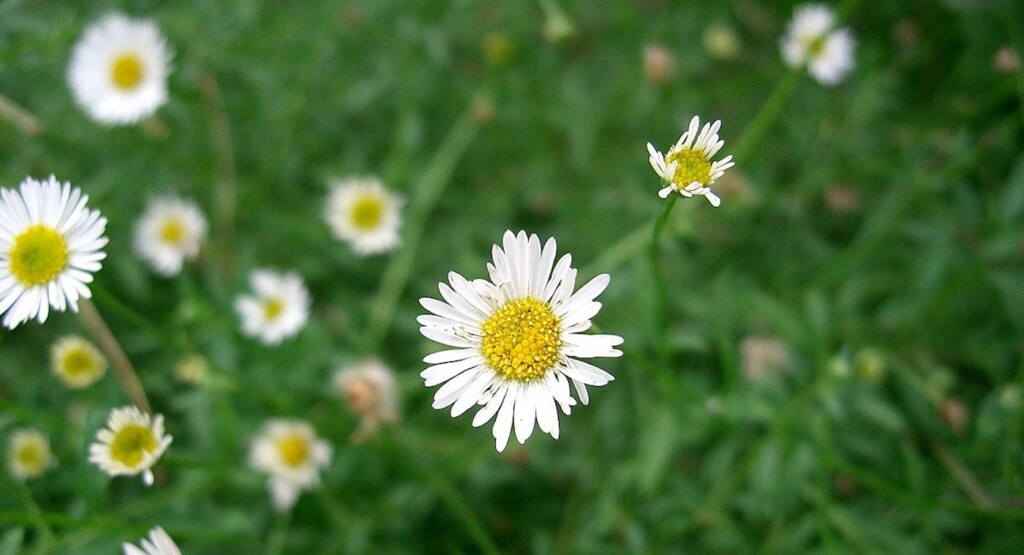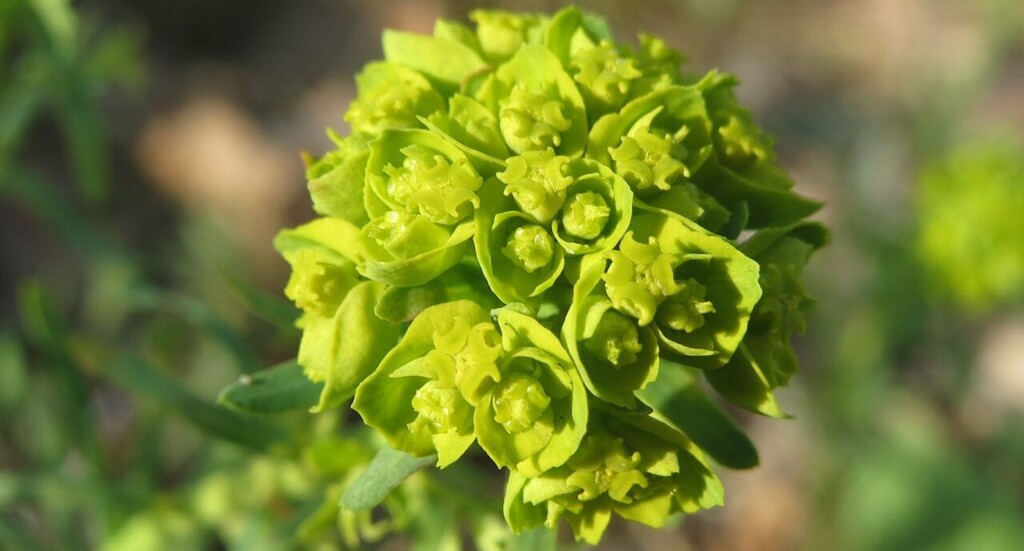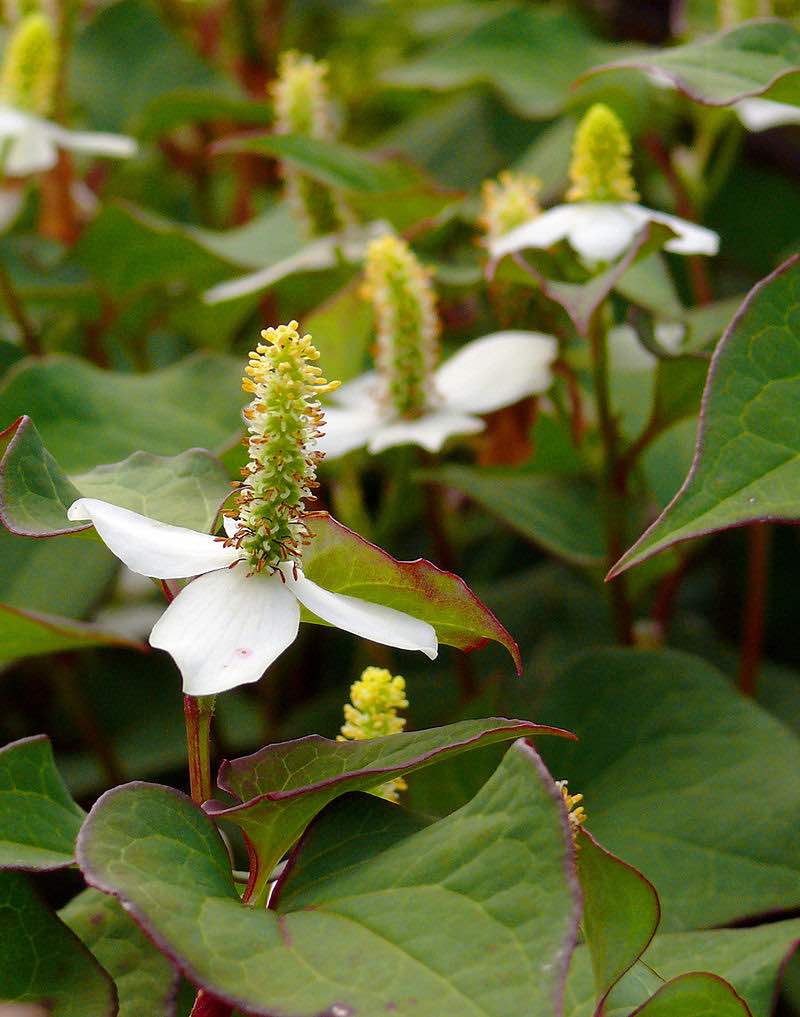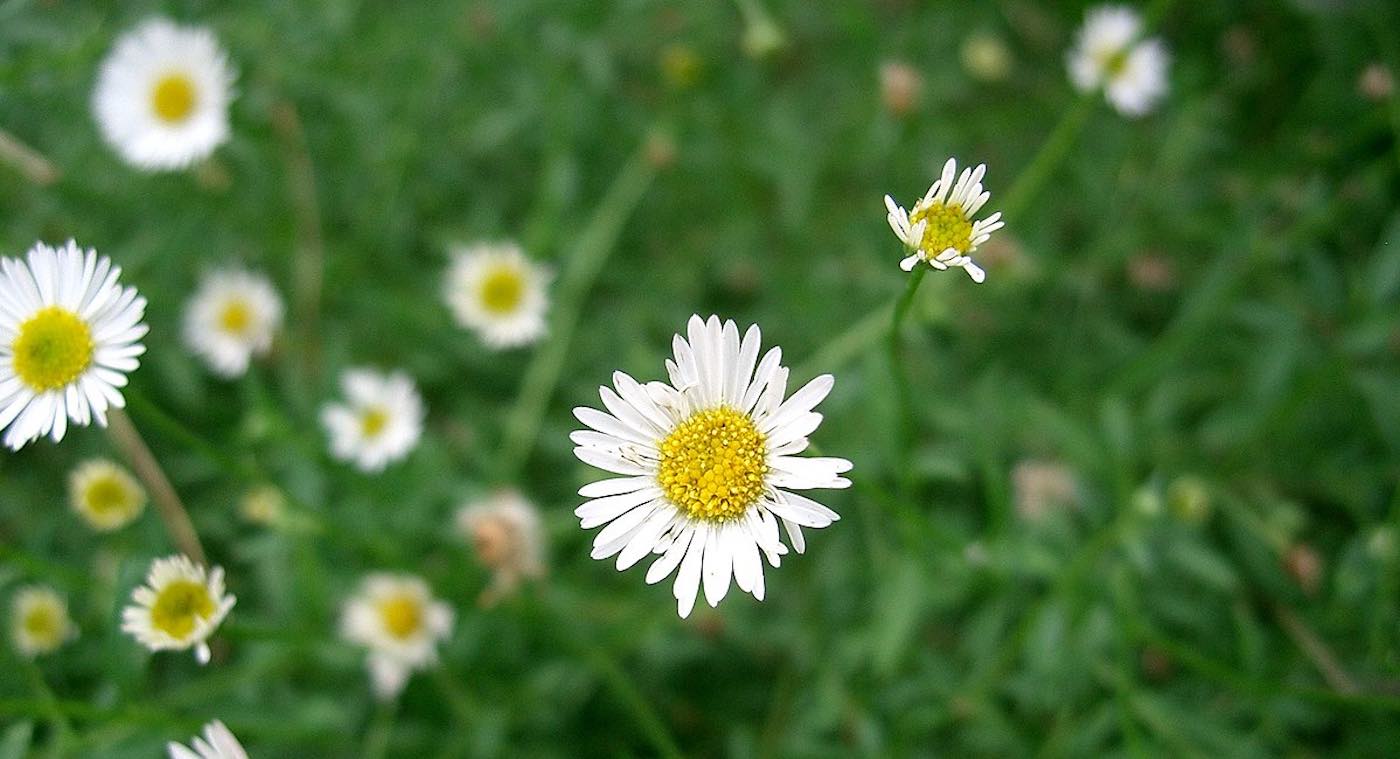
Gardeners are playing a critical role in detecting invasive plants before it’s too late, according to a new study.
Along with detecting, gardeners are best positioned to act on the information by taking measures to prevent the spread of the plants they detect.
An online survey has revealed that even though gardeners aren’t scientists, they’re effective as a community in identifying ‘future invaders’—or ornamental plants that could become invasive species.
Recent research has put together a shortlist of these decorative plants that have the potential to spread out of control and can become harmful to the environment, economy, or human health.
The researchers from the University of Reading and the Royal Horticultural Society (RHS) studied survey answers from 558 gardeners on ornamentals that showed ‘invasive behavior’ in their gardens.
The results, published in the journal NeoBiota, identified 251 different plants as potential invaders that they believe need their invasive potential in Britain and Ireland assessed.

The shortlisted plants include, for example: Mexican fleabane (Erigeron karvinskianus);cypress spurge (Euphorbia cyparissias); chameleon plant (Houttuynia cordata); Himalayan honeysuckle (Leycesteria formosa); and purple top (Verbena bonariensis).

The researchers say that their findings highlight the critical role of gardeners in the early detection of invasive species.
“The simple yet structured scheme we developed was used to prioritize which of the around 70,000 ornamental plants available to buy in the UK could be future invaders,” said lead author Tomos Jones, a Ph.D. student at Reading University.
SIMILAR STORY IN THE US: Wash. D.C’s ‘Weed Warrior’ Volunteers Tackle ‘Mile-a-Minute’ Invasives to Save the Capital’s Trees
“This is crucial for focusing research efforts and resources, such as conducting formal risk assessments to explore the invasive potential of those shortlisted.”
The team encourages gardeners to get involved in helping identify future invaders through an ongoing project called Plant Alert, run by the Botanical Society of Britain and Ireland and Coventry University.
“It’s important to remember that these shortlisted plants are not yet officially invasive, and that many non-native plants that occur in the wild present no threat to our native biodiversity,” said Dr. John David, RHS Head of Horticultural Taxonomy.
MORE GARDENING STORIES: 8 in 10 Youth Think Gardening is Cool, and Half Would Rather Visit a Garden Center Than a Nightclub
It’s a good point. Invasive species are uniquely disruptive, through no fault of their own, for their ability to exploit niches in a local ecosystem. The niche could be a certain height, for example, where no other native species grow to occupy, or it could be that a particular species grows extremely fast and monopolizes available sunlight.
It could involve the relationship between plant and pollinator, like in Italy where the North American black locust tree attracts disproportionate numbers of pollinators.
SHARE This Noble Mission With Greenthumbs Near You…




















